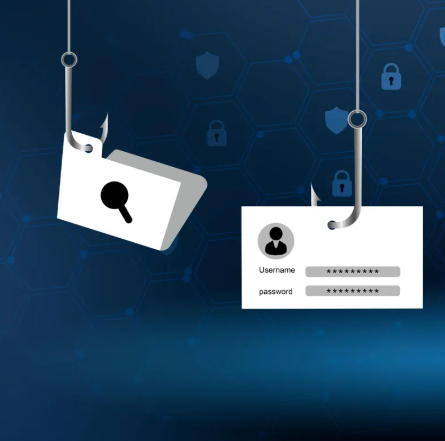
In today’s digital world, cyber threats are not limited by borders. Many cyberattacks are launched from regions with high levels of cybercrime activity, which makes it difficult for businesses to protect themselves. One effective method to reduce these risks is geo-blocking. By restricting access to your systems based on geographic location, you can limit exposure to malicious activity from high-risk areas, strengthening your security without a lot of complexity.
Why Regional Cyber Attacks Are Increasing
Cybercriminals often operate from countries where enforcement of cybercrime laws is weak or where known threat groups are active. These attacks can take many forms, such as brute-force login attempts, credential stuffing, DDoS attacks, and data theft. Without location-based traffic filtering, businesses are vulnerable to these threats. Geo-blocking acts as a virtual security barrier, preventing unauthorized access from regions with higher cybercrime rates.
Did You Know?
Over 60% of cyberattacks targeting North American businesses originate from just a few countries. Geo-blocking can quickly block access from these high-risk areas.
What Are Geo-Blocking Strategies?
1. Country-Based IP Blocking
Geo-blocking starts with blocking IP addresses from specific countries that are known for cybercrime. This can be done at various points of entry, such as the firewall, web applications, or content delivery networks (CDNs). If your business doesn’t serve a particular region, there’s no reason to let traffic from that location reach your systems.
2. Geo-Fencing for Access Control
Geo-fencing involves limiting access based on the physical location of users. This method is useful for businesses that need to comply with regional licensing requirements, remote work policies, or other geographic restrictions. It ensures that only authorized users within approved zones can access critical systems.
3. Whitelisting vs. Blacklisting
Whitelisting allows only traffic from specific, trusted countries, while blacklisting blocks traffic from known high-risk areas. For businesses with a global user base, a combination of both can be effective in protecting against threats while still allowing legitimate access.
4. Dynamic Risk Assessment
Some advanced geo-blocking solutions evaluate the risk of incoming traffic by analyzing IP reputation, user behavior, and geographic location. If an IP address exhibits suspicious behavior or originates from a flagged region, access can be blocked or additional security checks can be triggered.
5. Threat Intelligence Integration
Geo-blocking can be enhanced by integrating it with real-time threat intelligence. This allows businesses to update blocklists dynamically based on the latest malicious IP activity, providing better protection against emerging threats.
Benefits of Geo-Blocking
1. Reduced Exposure to Cyber Threats
Blocking access from high-risk regions lowers the attack surface, making it harder for cybercriminals to target your network and systems.
2. Faster Incident Response
With fewer attempts from suspicious sources, security teams can focus on real threats, improving response times and detection efficiency.
3. Compliance with Regulations
Certain industries and jurisdictions require data to remain within specific geographical boundaries. Geo-blocking helps ensure compliance with these laws.
4. Enhanced Resource Efficiency
By cutting down on unnecessary traffic from regions that are irrelevant to your business, geo-blocking conserves bandwidth and improves server performance.
5. Better Control Over Network Access
Geo-blocking allows businesses to implement stringent access policies without requiring complex infrastructure, giving them greater control over who interacts with their systems.
Challenges and Considerations
1. False Positives and User Inconvenience
Legitimate users may experience access issues if they are traveling or using VPNs. Businesses should provide alternative verification methods or exceptions for these situations.
2. Limited Effectiveness Against Advanced Attackers
Some attackers use proxies or VPNs to mask their true location. While geo-blocking is useful for stopping low-effort attacks, it should be part of a broader, more comprehensive security strategy.
3. Maintenance and Accuracy
Geo-blocking relies on up-to-date geolocation data, which needs regular maintenance. Organizations should partner with vendors that offer real-time updates to ensure their location data is accurate.
4. Balancing Security with Accessibility
For businesses that operate internationally, it’s important to ensure that geo-blocking doesn’t block legitimate access from customers or partners in other regions. A balance must be struck between security and accessibility.
Geo-blocking is an effective tool for businesses looking to protect themselves from regional cyber threats. By carefully implementing geo-blocking strategies, organizations can limit their exposure to attacks while maintaining operational efficiency. However, it’s important to recognize its limitations and use it in conjunction with other security measures to ensure comprehensive protection.






























































